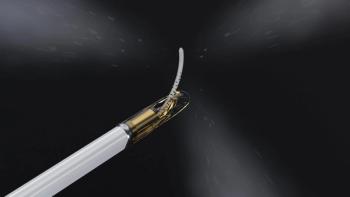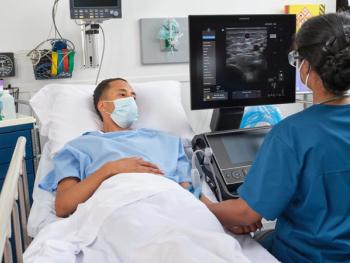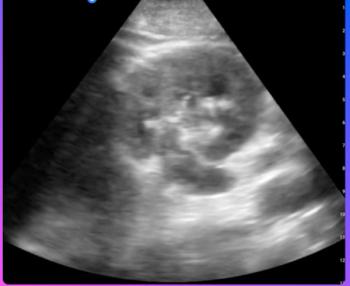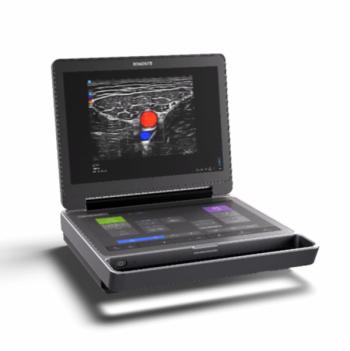
Interest in Pediatric Contrast Ultrasound Is High Among Radiologists
Radiologists who plan to adopt contrast ultrasound into practice need education, support.
Education and training are needed to support radiologists who plan to adopt contrast ultrasound for children into practice, according to the results of a survey published in the journal
In response to the recent approval by the United States Food and Drug Administration for an oral ultrasound contrast agent for IV and intravesical administration in children, researchers from Pennsylvania, California, Massachusetts, Tennessee, Ohio, North Carolina, Maryland, Florida, and Washington surveyed pediatric radiologists about the usage, interest in, and barriers for contrast-enhanced ultrasound in their patients.
The Contrast-Enhanced Ultrasound Task Force of the Society for Pediatric Radiology (SPR) surveyed the membership of the SPR in January 2017 regarding their current use and opinions about contrast-enhanced US in pediatrics. A total of 1,218 surveys went out and 325 responses (26.7 percent) were received.
The results showed that 166 of the 325 respondents (51.1 percent) practiced in either a university or academic affiliated group. The most widely used ultrasound contrast agent was Lumason, 52.3 percent (23/44). While lack of expertise and training were reported barriers, all respondents who were not currently using ultrasound contrast agents were considering future use.
The researchers concluded that there was high interest in using pediatric contrast in ultrasound, but education and training are needed to support members who plan to adopt contrast ultrasound into practice.
Newsletter
Stay at the forefront of radiology with the Diagnostic Imaging newsletter, delivering the latest news, clinical insights, and imaging advancements for today’s radiologists.




























